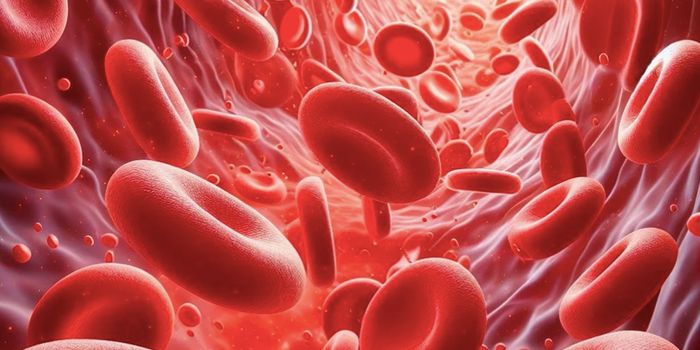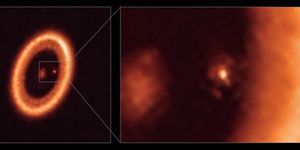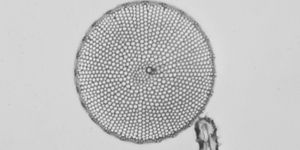A Region of Non-Coding DNA That May Help Regulate Telomere Length is ID'ed
Many types of cells have to be replenished continuously throughout our lives, and the genome has to be duplicated and distributed to two new daughter cells during cell division. The genome is compacted and organized into chromosomes, which are capped with protective ends known as telomeres. The telomerase enzyme, which is coded for by the telomerase gene, helps generate the caps. But research has found that over time and after many rounds of cell division, the telomerase caps get shorter, and this process is thought to be related to aging. Cells stop dividing and die off when their telomeres are too short.
Certain types of cells express a telomerase gene that causes telomeres to reach the same length each time the genome is copied; this happens in reproductive cells, and also in cancerous cells. So in new offspring, the aging clock is reset, but in cancer, diseased cells can just keep dividing over and over. Understanding telomeres and the telomerase gene might help researchers learn more about the aging process or cancer development, and potentially, how to treat it.
Researchers have now found a region of the genome that is involved in the activity of the telomerase gene. This region is known as VNTR2-1, and it's a variable number tandem repeat element, which does not code for protein. This research has been reported in the Proceedings of the National Academy of Sciences (PNAS).
The vast majority of the genome does not code for protein and was once disregarded as 'junk.' This part of the genome is challenging to investigate, but scientists have been learning more about the functions it does have. This research has described a function for some of that DNA, noted research leader Jiyue Zhu, a professor in the College of Pharmacy and Pharmaceutical Sciences at Washington State University.
In this study, the researchers deleted the VNTR2-1 sequence, and found that in a mouse model and human cell line, telomeres got shorter when the sequence was removed. These cells aged prematurely, and as tumor cells, they halted their growth.
When the researchers assessed this region in people, they found that though the number of copies was variable, and there were many copies of this region in centenarians.
"It varies a lot, and our study actually shows that the telomerase gene is more active in people with a longer sequence," Zhu said. Chu noted that a short sequence does not mean a short lifespan, it may mean that telomeres are shorter, which could make a person less likely to get cancer.
"Our findings are telling us that this VNTR2-1 sequence contributes to the genetic diversity of how we age and how we get cancer," Zhu said. "We know that oncogenes, or cancer genes and tumor suppressor genes don't account for all the reasons why we get cancer. Our research shows that the picture is a lot more complicated than a mutation of an oncogene and makes a strong case for expanding our research to look more closely at this so-called junk DNA."
The researchers want to do more work to study these sequences in different human populations.
Sources: AAAS/Eurekalert! via Washington State University, Proceedings of the National Academy of Sciences









